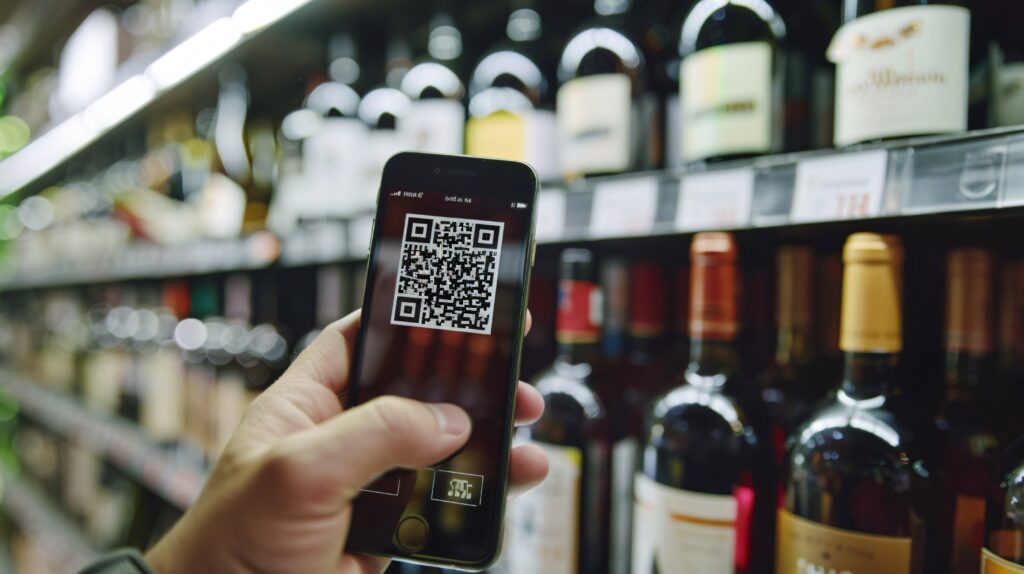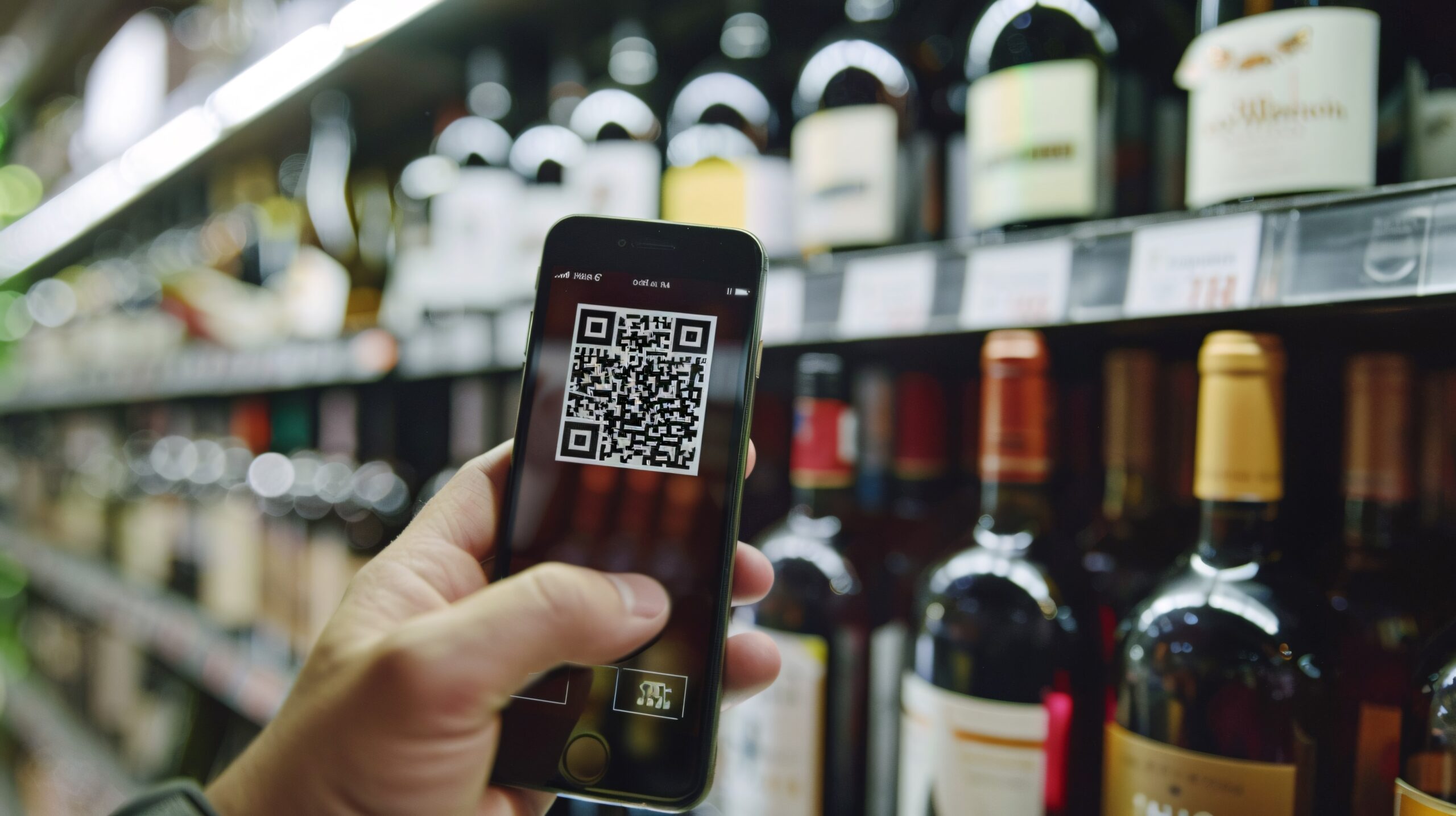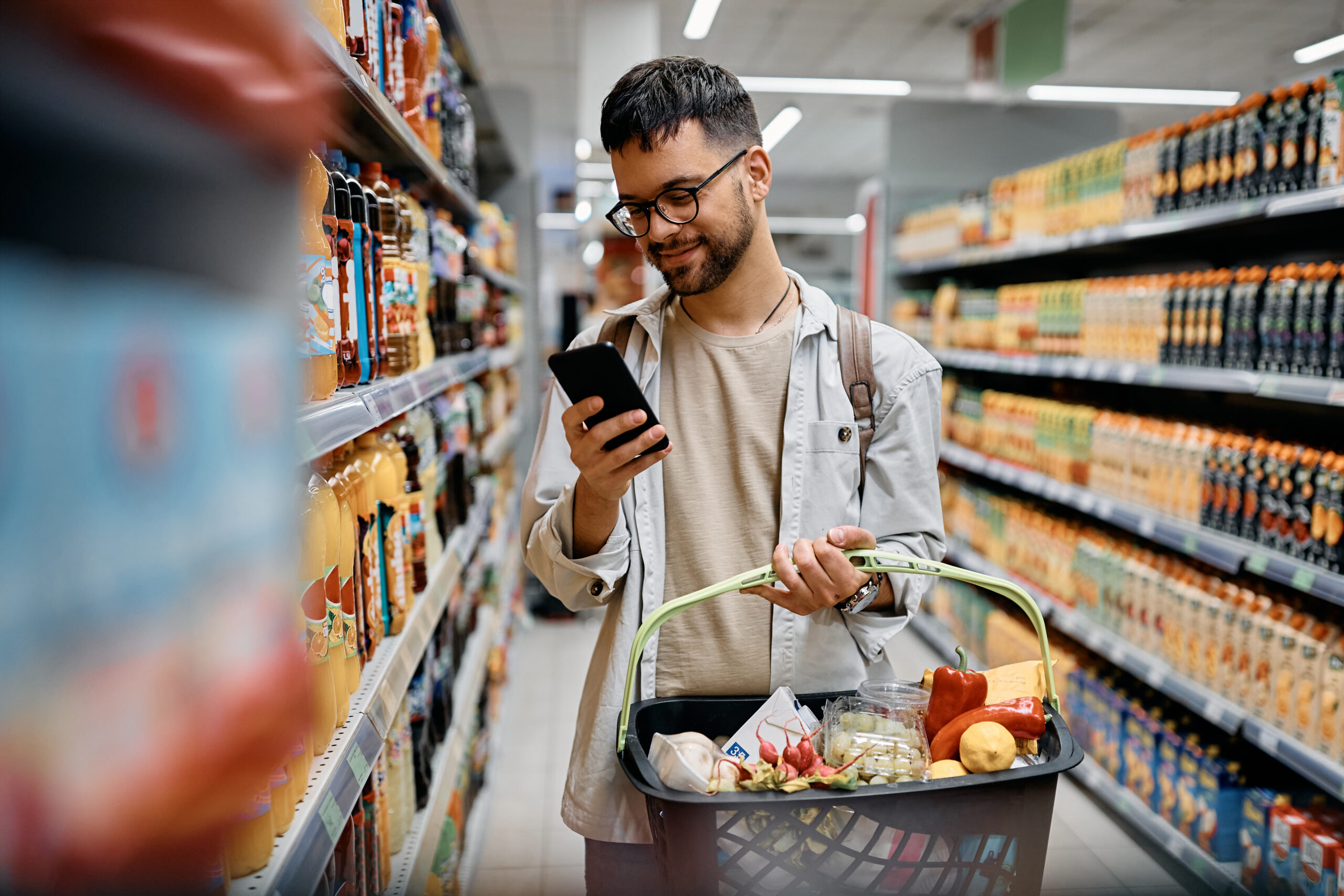Consumer Survey Data: The Growing Impact of QR Codes and AI on In-Store Shopping Experiences
December 10, 2024

Consumer Survey Data: The Growing Impact of QR Codes and AI on In-Store Shopping Experiences

The in-store shopping experience has come a long way from simply browsing aisles and reading product labels. Today, technology has become an integral part of how consumers interact with products while shopping in physical stores. Among a plethora of consumer data, 1WorldSync’s 2024 Consumer Product Content Benchmark report highlights two key technologies—QR codes and artificial intelligence (AI)—that are reshaping how consumers research, compare and ultimately make purchase decisions in-store.
QR Codes: Enhancing Product Interactions in Real Time
QR codes are no longer just a novelty—they are a valuable tool that connects the in-store and online shopping experiences. According to the Product Content Benchmark report, 64% of consumers have scanned a QR code while shopping in-store, with men (71%) being more likely to engage with this technology than women (58%). Shoppers use QR codes primarily to access additional product details, compare prices with online retailers and view customer reviews, all of which help them make informed decisions on the spot.
For frequent online grocery shoppers, QR codes are particularly useful, with 75% of these consumers scanning QR codes during in-store visits. QR codes provide quick access to information that is often not available on the packaging, such as nutritional details, product reviews and price comparisons. This convenience enables consumers to validate their purchase decisions in real time, without having to rely solely on what’s displayed on the shelf.
Moreover, the use of QR codes doesn’t stop after the purchase. The report reveals that 61% of consumers have scanned a QR code on a product after purchasing it, allowing them to access additional content such as recipes, user manuals or exclusive offers. This post-purchase engagement provides brands with an opportunity to build lasting relationships with their customers through personalized content.
For more information on how to leverage QR codes to expand your customer touch points, read this article.
AI: The New Shopping Assistant
Artificial intelligence is also making waves in the retail space, particularly as a tool to help consumers navigate product options. The Product Content Benchmark found that 31% of shoppers have used AI tools, such as ChatGPT or Google Gemini, to assist with purchase decisions, marking a significant increase from 22% the previous year. Among younger shoppers aged 25-34, this number rises to 53%, showing that AI adoption is particularly high among tech-savvy consumers.
AI tools offer a range of benefits for in-store shoppers, from personalized product recommendations to real-time answers to questions about product specifications. Shoppers can use AI to quickly compare products, get recommendations tailored to their preferences, and even receive assistance with finding the right size or fit for apparel. As AI technology advances, it will continue to become a trusted resource for consumers who value efficiency and accuracy in their shopping experiences.
The Future of In-Store Shopping
Both QR codes and AI are part of a larger trend toward more connected, seamless in-store experiences. For brands and retailers, embracing these technologies is essential for staying competitive. By offering consumers the ability to access detailed product information through QR codes or personalized recommendations via AI, brands can elevate the in-store shopping journey and create more meaningful interactions with their products.
The Product Content Benchmark makes it clear: shoppers are increasingly blending the physical and digital worlds, and the brands that successfully integrate these technologies into their retail strategies will be best positioned to win over today’s tech-savvy consumers.




